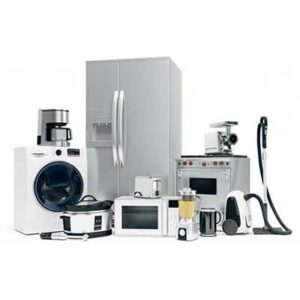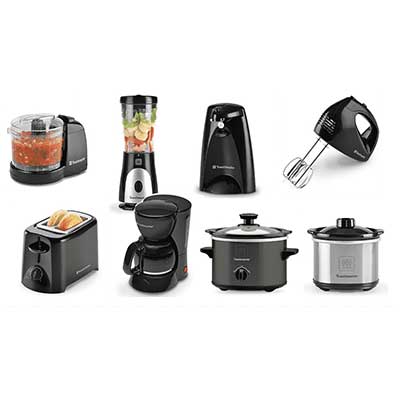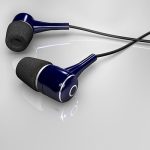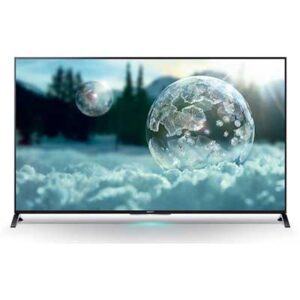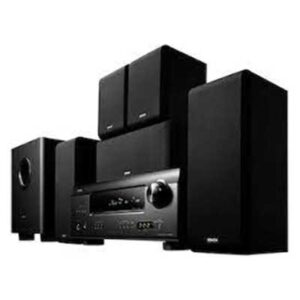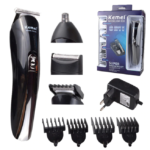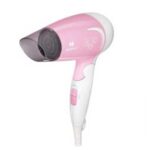When Should I Replace My Kitchen Hood Filters? Leave a comment
Kitchen hood filters greatly enhance a clean and healthy kitchen atmosphere. However, these filters may get worn out and less effective over time. This post will discuss the telltale symptoms that your kitchen hood filters need to be changed and advise on maintaining them properly.
I. Overview
A. Value of Filters for Kitchen Hoods
The unsung heroes of a well-functioning kitchen are the kitchen hood filters. Their primary function is to trap cooking smells, smoke, and grease so the air doesn’t contain them. This helps to improve indoor air quality and guarantees a comfortable cooking atmosphere.
B. Part in Preserving Air Quality
Proper ventilation is essential in a kitchen, particularly while cooking for extended periods. By eliminating airborne particles, kitchen hood filters contribute to purifying the air you breathe. This is especially crucial for homes where there are people who have respiratory or allergy sensitivities.
II. Indices of a Damaged Filter
A. Diminished Airflow
A discernible decrease in airflow is one of the first indicators that your kitchen hood filter needs to be changed. It’s time to check the filter if you discover that the ventilation system is not performing as well as it previously did.
B. Persistent Cooking Scents
A working filter eliminates cooking smells. Odours begin to linger even after the hood is turned on, which indicates the filter isn’t functioning correctly.
C. Noticeable Grease Deposit
Check for any apparent grease accumulation on the filter. Grease-clogged mesh or baffle filters are impeding the efficiency of the ventilation system.
III. Replacement Frequency
A. Overarching Principles
Kitchen hood filter change is generally advised every three to six months. However, exact intervals may need to be followed. Individual situations, however, can call for more regular replacements.
B. Elements Affecting the Replacement Timetable
1. Regularity of Cooking
If you cook a lot, particularly grilled or fried foods, you may need to change your filters more often. Filter saturation occurs more quickly with heavy cooking.
2. Cooking Styles
The amount of oil and smoke produced varies depending on the cooking technique. Filters used in kitchens with a lot of grilling or frying may need to be changed more often than those used in kitchens with little cooking.
IV. Do-it-yourself filter cleaning methods
A. Soak and Rinse Technique
By following routine cleaning procedures, you may increase the lifespan of your filters. In the rinse and soak process, the filter is removed and washed in warm, soapy water.
B. Spoiling the dishwasher
There are dishwasher-safe filters. For quick and efficient cleaning, review the requirements of your filter and, if necessary, put it through a dishwasher cycle.
C. Baking soda and vinegar
Combine baking soda and vinegar to make a homemade cleaning solution. Grease and smells may be removed with this economical and natural solution.
V. Effect on Performance in the Kitchen
A. Ventilation Efficiency
Frequent filter changes directly influence how well your kitchen’s ventilation system works. A well-maintained filter guarantees the best ventilation and airflow.
B. Issues with Fire Safety
Filters that are clogged might catch fire. Grease buildup may result in hotspots forming, which raises the possibility of cooking fires. Changing filters regularly is an essential preventative step.
VI. Types of Filters for Kitchen Hoods
A. Filters with meshes
Grease trapping is a widespread use for mesh filters. Homeowners like them because they are simple to remove and maintain.
B. Filters on Baffles
Grease is separated from the air using baffle filters, which employ a series of vents to reroute airflow. They are solid and appropriate for intensive cooking.
C. Filters Made of Charcoal
While charcoal filters work well to eliminate smells, they may need to improve at catching oil. They often work in tandem with baffle or mesh filters.
VII. Expense Factors
A. Costs of Replacing Filters
While selecting the type of kitchen hood for your home, consider the cost of new filters. Certain filters could be more expensive up front but might provide more excellent value over time.
B. Long-Term Cost Savings with Consistent Maintenance
Long-term savings might result from making timely filter replacement and other maintenance investments. Costly repairs are less likely to occur in a ventilation system that is properly maintained.
VIII. Effect on the Environment
A. Disposal Difficulties
Throwaway filters add to the garbage in the environment. To lessen the environmental effects of your kitchen, look into reusable filters or eco-friendly alternatives.
B. Sustainable Substitutes
Certain filters are designed to be used more than once. Use environmentally friendly options to cut down on waste and lower the frequency of filter changes.
IX. Professional Suggestions
A. Advice from Experts in Appliances
Consult appliance experts for guidance on maintaining and changing kitchen hood filters. Their knowledge might provide insightful information suited to your particular appliance.
B. Standards for the Industry
Keep yourself updated on the industry’s requirements for kitchen ventilation. Adherence to these guidelines guarantees the security and effectiveness of your kitchen equipment.
X. Increasing the Filter Lifespan
A. Appropriate Installation Techniques
Make sure the filters on your kitchen hood are installed correctly. Ad adhere to the manufacturer’s instructions to extend their life and increase their effectiveness.
B. Consistent Upkeep and Inspection
Even if you can’t change your filters immediately, inspect and clean them regularly. By being proactive, you may increase the life of your filters and enhance the functionality of your kitchen.
Section XI: Technological Progress
A. Intelligent Filters
Examine sophisticated filters that include sensors to keep an eye on saturation. These filters make maintenance more effortless by sending out signals when replacement is about to happen.
B. Alerts for Filter Replacement
There are several contemporary kitchen hood systems with integrated filter replacement notifications. Utilize these functions to help you remember to do routine filter maintenance.
XII. Common Errors to Steer Clear of
A. Disregarding Replace Signs
Ignoring filter wear indicators might result in less adequate ventilation and a higher fire danger. Requirements for replacement should be met quickly to keep the kitchen secure and operational.
B. Employing Incongruous Filters
Utilizing filters that aren’t made for the kitchen hood might reduce performance. For best performance, always use the filters that the manufacturer recommends.
XIII. Testimonials from Customers
A. Actual Filter Replacement Experiences
See firsthand accounts from homeowners who have changed the filters in their kitchen hoods. Learn about typical problems and effective maintenance techniques.
B. Achievements and Insights Acquired
Discover how proactive filter maintenance has increased equipment lifetime and enhanced kitchen performance via success stories.
XIV. A Comparative Study of Filter Types
A. Benefits and Drawbacks
Examine the benefits and drawbacks of various filter types. When making an educated decision, consider aspects like overall efficacy, longevity, and simplicity of cleaning.
B. Selecting the Appropriate Kitchen Filter
It’s essential to consider your cooking habits, maintenance preferences, and equipment specs when choosing the best filter for your kitchen. Make an educated choice to get the best outcomes.
XV. Upcoming Developments in Kitchen Ventilation
A. Filter Technology Advances
Keep up with the most recent developments in kitchen ventilation filters. Even more sustainable and practical solutions will come from future breakthroughs.
B. Ecological Remedies
Investigate environmentally mindful sustainable filter alternatives. Expect more environmentally friendly options for your kitchen as technology advances.
In summary
In conclusion, keeping a clean and functional kitchen depends on understanding when to change the filters in your kitchen hood. Timely replacements, thorough cleaning, and routine inspections all help to save long-term costs and improve fire safety and air quality. A well-maintained kitchen ventilation system may be achieved by meeting industry standards, consulting a specialist, and investigating cutting-edge technical options.

